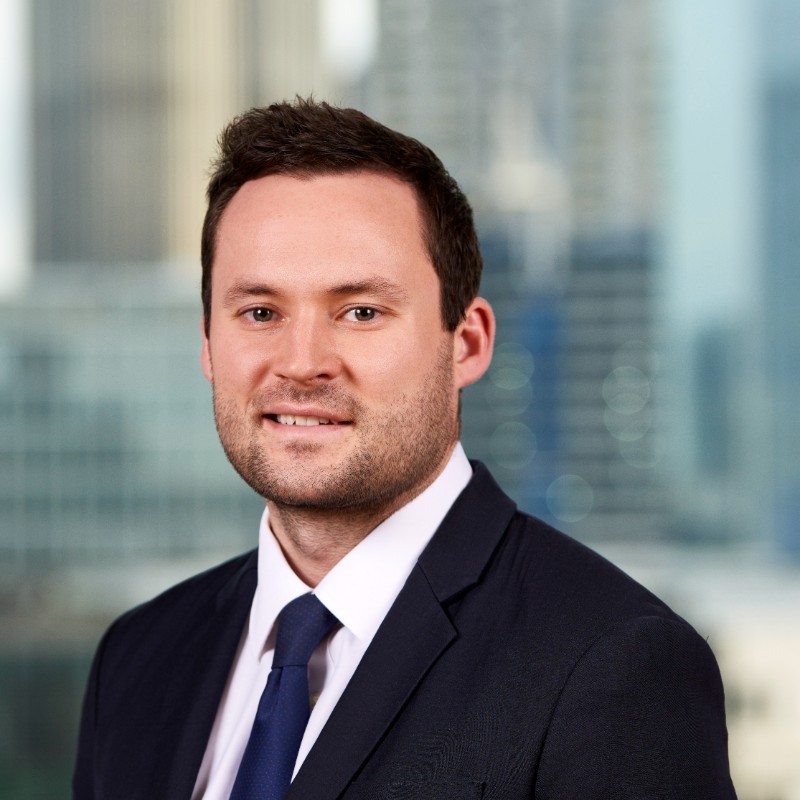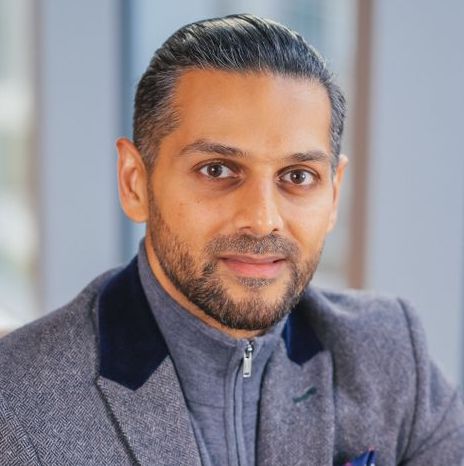
- ClearBank raised $230 million (£175 million).
- The investment was led by private equity advisory firm Apax Digital and brings ClearBank’s total funding to $627 million.
- ClearBank will use the funds to expand internationally, first in Europe, then into North America and Asia Pacific.
Clearing and embedded banking technology company ClearBank raised $230 million (£175 million) this week. The investment brings the U.K.-based company’s total funding to $627 million.
Funds advised by private equity advisory firm Apax Digital led the round. Existing investors CFFI UK Ventures and PPF Financial Holdings, also participated. ClearBank plans to use the investment to expand its client base in Europe and eventually into North America and Asia Pacific.
Launched in 2017, ClearBank is a regulated bank that manages transactions from beginning to end, starting with order transmission and including settlement, liquidity management, and clearing activities. The company counts 200 bank and fintech clients– including Tide, Coinbase, Chip, and Oaknorth Bank– that leverage its tools to power faster payments, clearing, and payments activities. In all, ClearBank facilitates 13 million accounts totaling almost $4 billion in assets.
One of the company’s primary offerings is embedded banking tools. ClearBank enables businesses and financial services companies to offer bank accounts with FSCS deposit protection, FX tools, and multi-currency accounts to their own clients. All of the company’s regulated services can be accessed via a single API.
“ClearBank is the first proven and fully regulated cloud-native clearing bank in the U.K. for over 250 years,” said ClearBank CEO Charles McManus. “Over the last five years we have demonstrated the success of our business model and through our work with leading financial service providers, helped to both unlock their potential and bring about positive and meaningful change for U.K. businesses and consumers.”
As for what’s next, McManus points to a more global future for his company. “The next challenge is delivering this innovation globally. To achieve this, we needed a strategic partner with the right cultural fit, sector expertise and geographic experience, something we found in Apax Digital.” Additionally, ClearBank plans to add products and services that will help its clients scale internationally. To do this, the company will add direct API-based access to interbank payment schemes, enhanced multi-currency accounts, and additional FX services.
ClearBank is at the center of the flourishing banking-as-a-service trend that has both fintech and non-fintech companies adding banking services to their existing offerings. The company has experienced burgeoning growth and was recognized by Deloitte as the fastest-growing tech company in its 2021 U.K. Technology Fast 50 awards. In other accolades, ClearBank received the Best Service Award at the 2021 Card & Payments Awards.
Photo by Anni Roenkae from Pexels
















